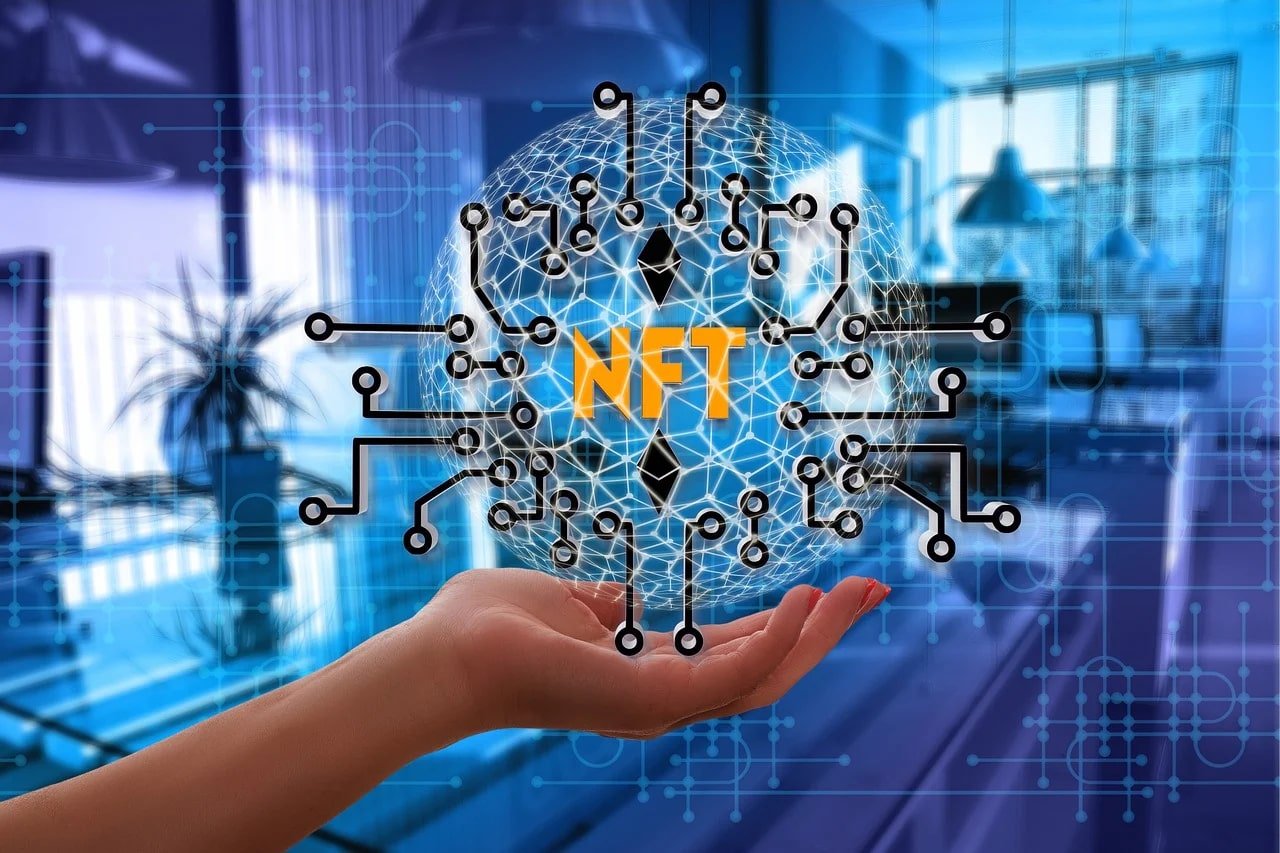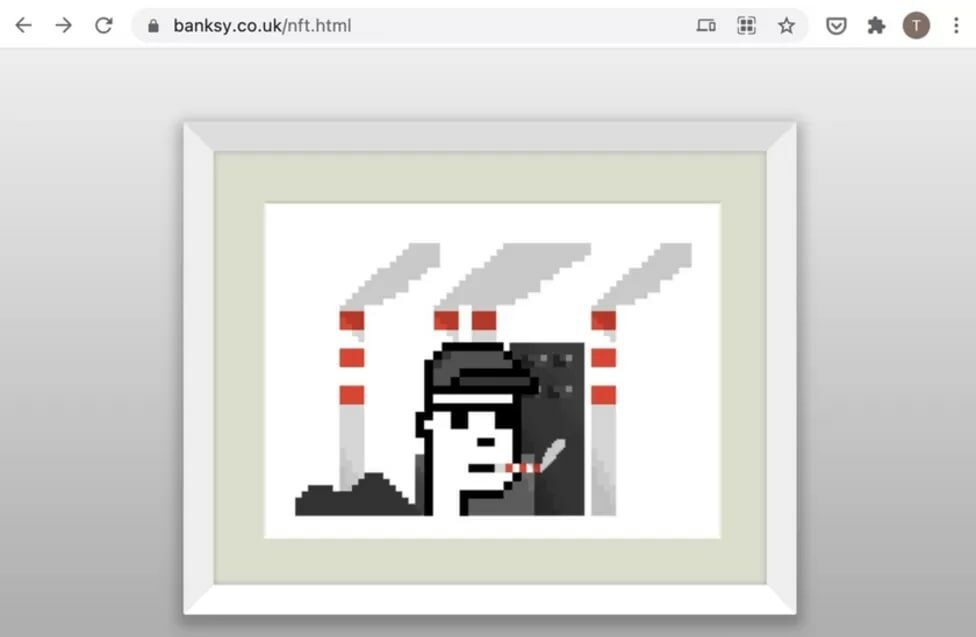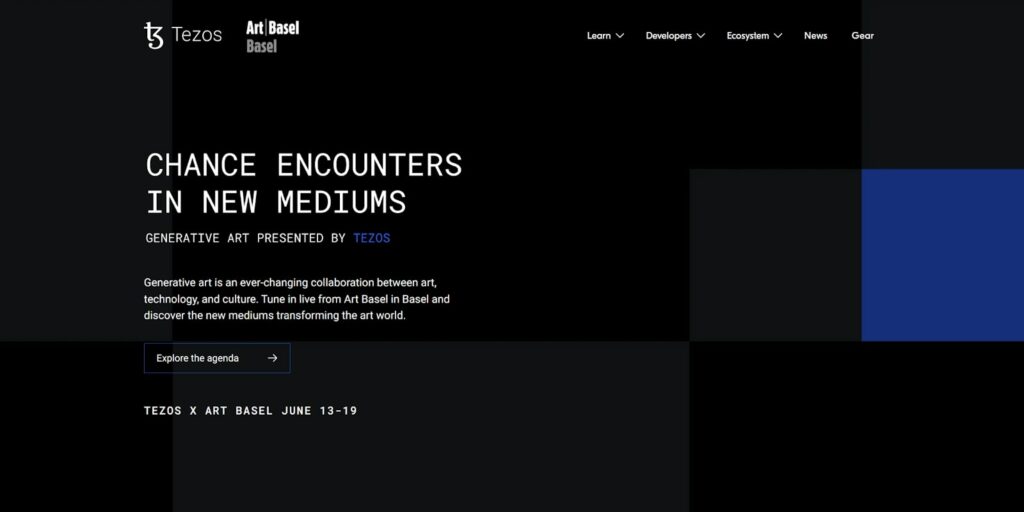Resources
The Challenges and Opportunities of the NFT Art Market

The art world has been abuzz with excitement over NFTs, also known as non-fungible tokens. Securely stored on the blockchain and possessing immense potential, they have significantly transformed the landscape of art acquisition, sales, and collection. Both niche and well-established cultural institutions have leveraged this technology to engage their audiences through unique digital assets with the assistance of specialized organizations like Digital Basel.
However, despite a decrease in public interest and media coverage since their inception, tokens have gradually overcome initial backlash and secured their place in the art community. Today, the art community no longer associates NFTs solely with low-quality pictures but instead recognizes their true potential as valuable tools.
As art institutions at all levels integrate NFT technology into their business operation, the market faces new challenges and opportunities. In this article, we will discuss what these changes, how art institutions should adapt to them, and whether there are any prospects for galleries and collectors.
Breaking New Ground: The Challenges of NFT Adoption in the Art Market
Despite the growing popularity of this new digital asset in the art market, there are several challenges that may pose significant obstacles to NFT integration
Implementing NFTs into the existing ecosystem. As with any new technology, art institutions have to be technically proficient in order to efficiently mint, sell, and implement NFTs within their ecosystem. In addition, it would be a significant advantage if the individuals responsible for guiding art institutions through the new digital realm were familiar with the topic and had connections within the NFT and community. This way, galleries can efficiently use their efforts and resources, ensuring that their NFT endeavors yield the greatest benefits.
Lack of legislative regulation around NFTs. The art world has been a key driver of innovation and has generated significant interest in NFTs. As this traditionally offline world expands into online arenas, legal challenges arise, particularly in areas such as ownership, intellectual property, and regulatory concerns.
Fraudulent activities. Traditional to any emerging ventures, a bunch of schemes and offenses have emerged since the inception of NFTs. For example, there was an incident where a collector bought a fake Banksy NFT for £244,000. Therefore, as the infrastructure in the NFT space continues to develop, galleries and other art dealers should be familiar with traditional issues in the art world. Additionally, it is crucial to understand and stay updated on the development of valuation, security, storage, and insurance practices relevant to NFTs.

The fake Banksy’s NFT that was sold for £244,000.
However, no matter how significant they may seem, these challenges might only postpone the adoption of NFTs in the art market. As the initial hype decreased and the art community started approaching NFTs in a more constructive manner, even the most prominent art institutions expressed their interest. Art Basel, among them, stated in its research that the focus has shifted to the longer-term impact of blockchain applications in the art market.
Painting a Bright Future: The Art Market’s Prospects Soar with NFTs
Among all long-term impact applications of NFTs, there are several opportunities that can be particularly beneficial for organizations in the art market. As even major players suggest taking an interest in the new digital asset, every art institution should at least assess firsthand whether the benefits of NFTs are worth their time and efforts.

Collaboration between a blockchain ecosystem called Tezos and the prominent art institution Art Basel is an acknowledgment of NFTs as a valuable tool for the art market.
Diverse monetization range. In the traditional art market, galleries and artists rely on collaboration with other art institutions, exhibitions, and commissions to generate revenue streams. However, in the face of crisis, they often resort to selling valuable masterpieces to private collectors, which can be beneficial in the short term but diminishes public interest in exhibitions. On the other hand, by leveraging NFTs, art institutions can not only generate revenue through high-liquid trading or exclusive services but also retain all traditional forms of art monetization.
New ways to engage collectors. NFTs can be used to create limited-edition artworks or to give collectors access to exclusive content. They can assist art institutions in establishing more personal and meaningful connections with collectors while engaging with the media through unconventional content to promote real-life exhibitions. For example, the Uffizi Gallery, a renowned art museum in Florence, transformed their prized Michelangelo painting of the holy family, Doni Tondo, into an NFT and sold it for $170,000. As a result, the gallery was able to improve its financial situation after a cash-strapped 2021 year.

Doni Tondo, Michelangelo’s painting that was tokenized and sold for $170,000
Democratization of the art market. In the traditional art world, it can often be difficult for artists to gain visibility and have their work seen by collectors. However, tokenization can help to level the playing field by making it easier for galleries to sell their artworks. By circulating in the digital realm, NFTs enable art institutions to directly engage a global pool of collectors, allowing them to participate in bidding regardless of their status, financial capabilities, or location.
Enhanced transparency and provenance. As intellectual property infringements were relatively common in the digital art realm, artists sought more sophisticated solutions than placing their works behind a paywall or adding watermarks. By combining art with NFTs, galleries can integrate proof of ownership that can be tracked, accessed, and verified at any moment. This empowers both the original and secondary owners of digital assets to protect their intellectual property without access restrictions or visual alterations.
Intermediaries of the modern NFT age. As we mentioned earlier, to navigate through the fascinating realm of NFTs, art institutions have to be technically proficient and knowledgeable. However, there is another option — all-around support from specialized organizations. For example, companies like Digitised.Art help galleries connect with collectors, facilitate communication between them, and streamline the tokenization of art assets. In addition, these specialized assistants guide their clients through the new digital landscape, offering the most suitable practices and promoting NFTs in the media. This way, art institutions of any scale can effectively integrate new digital assets into their ecosystem and leverage them without the need to train their personnel.
Digital Basel — The Art Market of Tomorrow
Digitised.Art is one of the specialized organizations that make NFTs more accessible for art institutions.
For some, the future of NFTs in the art market may appear uncertain and fraught with challenges and risks. However, it is important for artists, collectors, and other stakeholders to recognize the myriad opportunities and benefits that NFTs bring, ultimately transforming the art market for the better.
We encourage you to explore the revolutionary potential of NFTs and seek insights from art market professionals, such as Digitised.Art, who can provide answers to the most intricate questions. By doing so, your gallery will be well-equipped to venture into a new digital realm with both ease and confidence.

-

 Resources4 years ago
Resources4 years agoWhy Companies Must Adopt Digital Documents
-

 Resources3 years ago
Resources3 years agoA Guide to Pickleball: The Latest, Greatest Sport You Might Not Know, But Should!
-

 Resources3 months ago
Resources3 months agoTOP 154 Niche Sites to Submit a Guest Post for Free in 2025
-

 Resources4 months ago
Resources4 months ago50 Best AI Free Tools in 2025 (Tried & Tested)